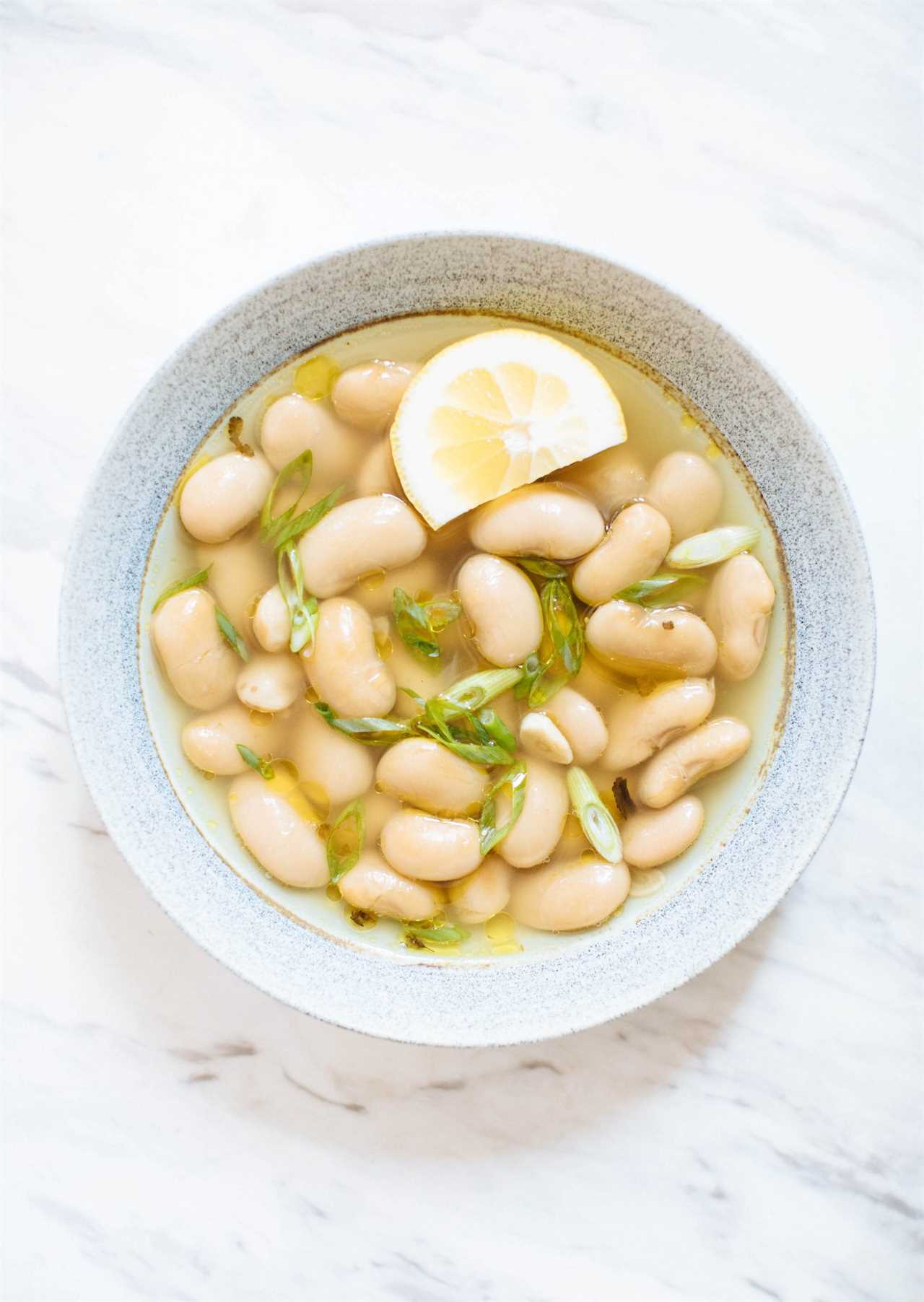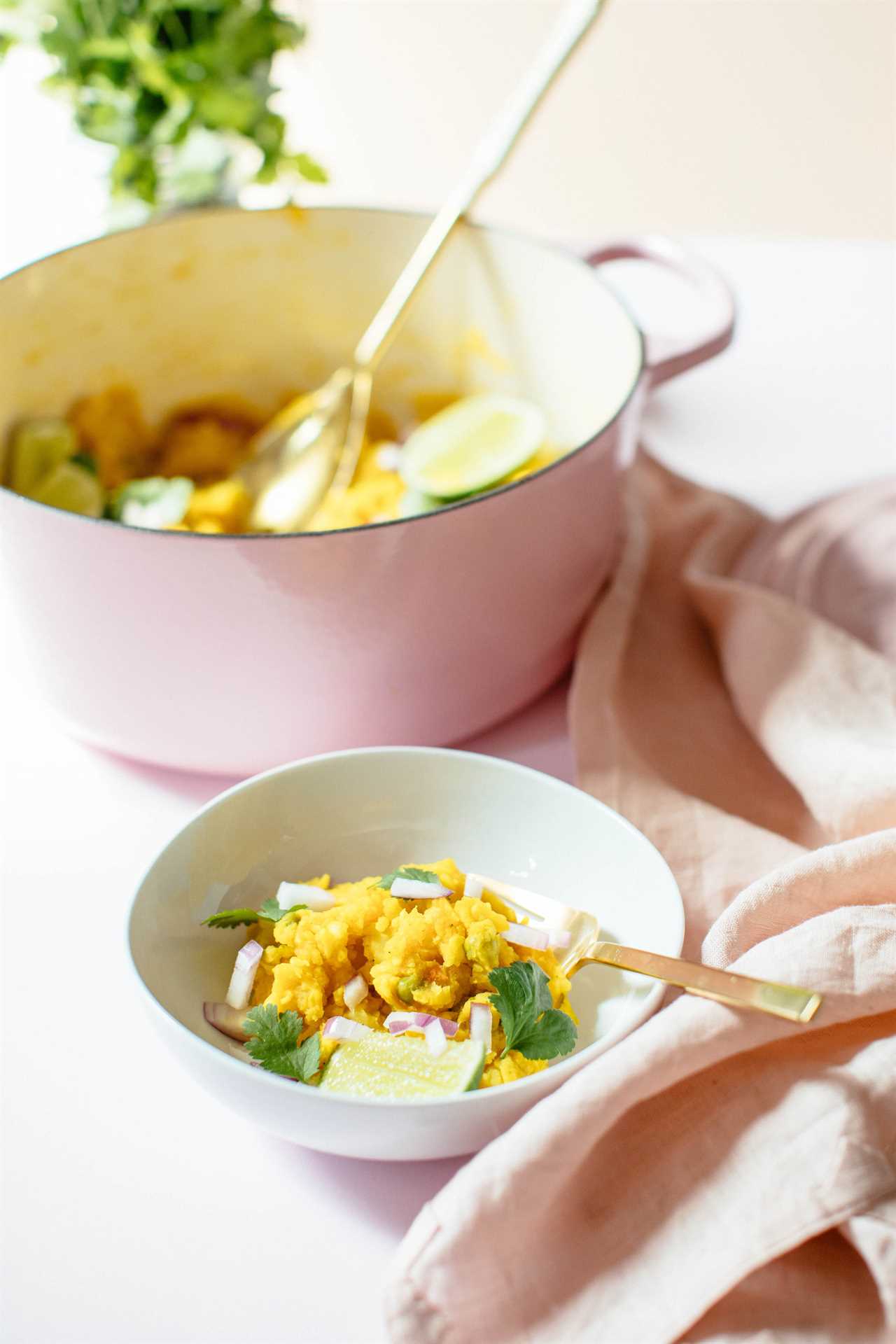Whether you’re just getting started with eating more plant-based foods or you’ve been practicing it for years, there are a few nuances to plant-based cooking, so these simple cooking tips can help make your meals tastier and easier to prepare.
Since so much of our nutrition philosophy is around eating more plant-based, whole foods, we’ve learned a few hacks that you can use to navigate plant-based cooking to make sure each meal is equally delicious and nutritious!
Learn 9 simple cooking tips for preparing plant-based meals that will help you make your meals really tasty, nutritious, and easy for you to make!
1. Do All of Your Chopping, Slicing, and Dicing Ahead of Time
So tip number 1 is to do all of your choppings, slicing, and dicing ahead of time.
If you’re planning on cooking something the day of, rather than meal prepping, you may have a meal prep day for all of the chopping, slicing, and dicing, so it’s ready to grab and go instead of needing to do the chopping the day of.
With salad greens, for example, have a big container of lettuce that’s already washed and cut and stored in an air-tight container. That just removes one more step when you go to make a meal.
The same thing applies to kale, brussel sprouts, carrots — you name it. Pat them dry and store them in a glass container until you’re ready to cook them.
2. Cook Vegetables by Category
Cooking tip number two is to cook your vegetables based on their category. This will allow you to batch cook a lot of vegetables at the same time but will help make sure that they all finish at the same time.
For example, if you want to roast different vegetables at the same time, but one category of vegetables per pan so they take out the same length to cook and you can pull them out when they’re done even if another pan needs extra time.
If you’re not familiar with the different categories of vegetables, there are several!
Root vegetables
First, we have root vegetables like beets, radishes, potatoes, and carrots.
Leafy greens
There are leafy greens like kale, spinach, and collard greens. We also have cruciferous vegetables like broccoli, cauliflower, and brussels sprouts.
Fruit vegetables
Another category is fruit vegetables like avocado, eggplant, and pumpkin. Gourds and squashes are also a category like butternut squash and acorn squash
Mushrooms (technically fungus, not vegetables)
There are mushrooms, like all of the portobello, button, and shiitake (they’re not technically vegetables since they’re in the fungus family, but they’re great for roasting!).
Stalk vegetables
Another category is stalk vegetables like celery, fennel, and rhubarb. Lastly, we have pods and seed vegetables like green beans, peas, and snow peas.
So next time you’re batch cooking and looking to cut down on cooking time, this is a great hack!
3. Soak Beans and Legumes
The next cooking tip for you is to soak beans and legumes.
Soaking helps reduce the amount of time it takes to actually cook beans or legumes. Second, they tend to taste a bit better after having gone through the soaking period. Your dishes will have a much stronger, robust flavor!
Third, they are much easier for your body to digest. More specifically, soaking your beans can allow for a significant reduction in gas production as a result of bean consumption. So, if you’re one of those people that often gets a bit gassy from canned beans, try making your own and soaking them next time.
To soak your beans, cover them with a couple of inches of water in a bowl with a bit of baking soda. The baking soda helps break them down. Let them sit for at least six hours, preferably overnight if you’re able to. Once they’re done soaking, strain your beans and you’re ready to cook!

4. Change Up the Texture of Tofu
Tip number four is specifically for improving the texture of organic tofu.
Organic tofu is incredibly versatile and a complete protein that contains all amino acids. It also contains fiber and healthy fats on top of the protein. One serving can offer up to 20g of protein! It’s versatile in that it easily soaks up surrounding flavors in dishes.
If you don’t like the soft, spongy texture of tofu try this hack.
Freeze it in its container with the liquid and then thaw it. After thawing, cut it into three sections and put it on a cutting board with paper towels layered above and below. Place a heavy object on top like a skillet to drain the water from the tofu.
Keep it like that for at least an hour for best results, changing out the towels every 30 minutes or so.
The combination of freezing it with the press method gives it a texture that’s more consistent with chicken! Even if you like the original texture of Tofu, this is just another fun way to give it a different texture.
5. Learn How to Blanch
Number five — learn how to blanch to give your vegetables a little crunch and help your produce last longer.
If you enjoy a little crunch in your veggies, blanching is one of the best basic cooking techniques to make them crisp and tender at the same time. It’s also one of the easiest ways to preserve food, so if you want your seasonal produce to last, blanching is the way to go.
With this method, you submerge the veggies in a boiling pot of water for about seven minutes. Then, you stop the cooking process by putting them in an ice bath. This technique allows you to maintain the vegetables’ bright colors and help retain their nutrients.
Fill a large pot with water, add a tablespoon of sea salt and bring it to a boil.
Add the vegetables to the pot and allow them to cook for a few minutes until their colors brighten. Then, immediately remove the veggies from the pot and run them under ice-cold water.
6. Play with The Temperature You Serve It
The next cooking tip for you is to play around with the serving temperature! Most plant-based, whole foods can be served hot or cold!
For example, you may be used to adding cooked chickpeas to the top of a warm Nourish Bowl, but chickpeas taste delicious when served cold, too! You can make a chickpea salad that’s great as a side dish or on top of salads.
The same goes with potatoes, broccoli, gluten-free pasta, along with so many other foods that we’re used to eating hot. They can all be dressed up differently and served cold too!
And on the other hand, foods you’re used to serving cold, like strawberries, taste so different and are still just as delicious when they’re served hot in porridge or a dessert.
Another example of this is with salads. Many salads are served cold, but a warm grain salad is just as tasty.
7. Make Your Own Freezer Meals
Another great cooking tip is to make leftovers and store them as your own healthy freezer meals.
Even if you have your weeknight cooking down, there’s inevitably going to be a time when you’re busier than normal or when your schedule is a little different than normal.
When you’re making a recipe that’s a full meal, like our Tofu Tikka Masala or our White Bean Chili Verde, make a double batch, knowing that you’ll freeze half.
Then you’ll have a nutritious meal you can easily pull out a prepared meal that’s ready to go for the week instead of running out to a quick-service restaurant.

8. Cook Grains in Vegetable Broth
Hack number eight is to cook your grains in vegetable broth. This is actually a double hack!
First, you can save your veggie scraps from the week and cook them into a homemade vegetable stock, allowing you to make the most of each piece of produce you buy.
And by cooking your grains in vegetable broth, you’ll elevate the flavor and add even more nutrients to your dish!
It’s a win-win!
9. Add Lemon to Greens
Onto the final cooking tip which is super important for plant-based eating.
Anytime you’re making a dish that’s loaded with greens, like kale or spinach, add a squeeze of lemon to brighten the flavor and add vitamin C, which helps the body absorb non-heme iron (found in plant-based foods like greens).
If you’re eating a plant-based diet, iron is one of the nutrients you need to be intentional about getting so this is a great visual cue for yourself! Greens + citrus for a winning combination!
So now you have 9 great hacks to use when you’re preparing your plant-based meals, let me know which one you’re most excited about and that you will put into practice this week.
Putting these Cooking Tips Into Practice
All of these things are meant to help you get started with creating nutritious and delicious plant-based meals.
Eating is part of our daily lives and if cooking can become easier and more enjoyable for you, you’ll be much more able to stick with healthy eating habits.
So now it’s time for you to put this into practice: which of these tips do you think you can put into practice this week?
Are you feeling stressed about food?
Sign up to watch my free masterclass today, where you’ll learn about the #1 Habit That Keeps You Struggling With Your Weight and your Relationship With Food — And How To Break Free From The Diet And Food Obsession Starting Now.
You don’t need to stress and obsess about food. There is a better way, and yes it’s possible to cultivate a positive relationship with food! Join this free balanced eating masterclass to learn how.
Watch The Free Masterclass
The post 9 Cooking Tips for Preparing Plant-Based Meals appeared first on Nutrition Stripped®.
---------------------------
By: McKel (Hill) Kooienga
Title: 9 Cooking Tips for Preparing Plant-Based Meals
Sourced From: nutritionstripped.com/plant-based-cooking-tips/
Published Date: Fri, 08 Apr 2022 05:00:50 +0000
Read More
 General Health and WellnessFitness and ExerciseSupplements and VitaminsPandemic NewsVideosPrivacy PolicyTerms And Conditions
General Health and WellnessFitness and ExerciseSupplements and VitaminsPandemic NewsVideosPrivacy PolicyTerms And Conditions
